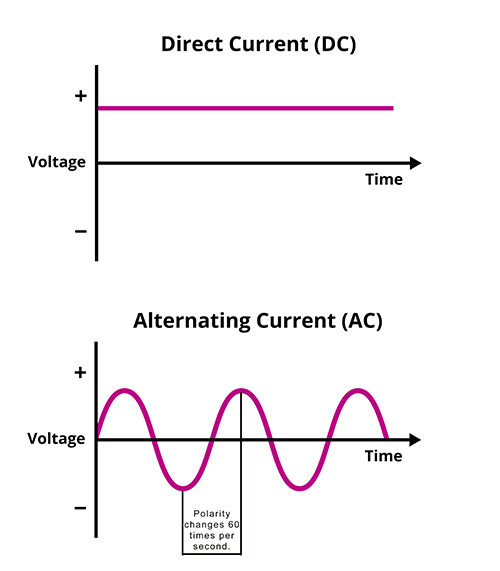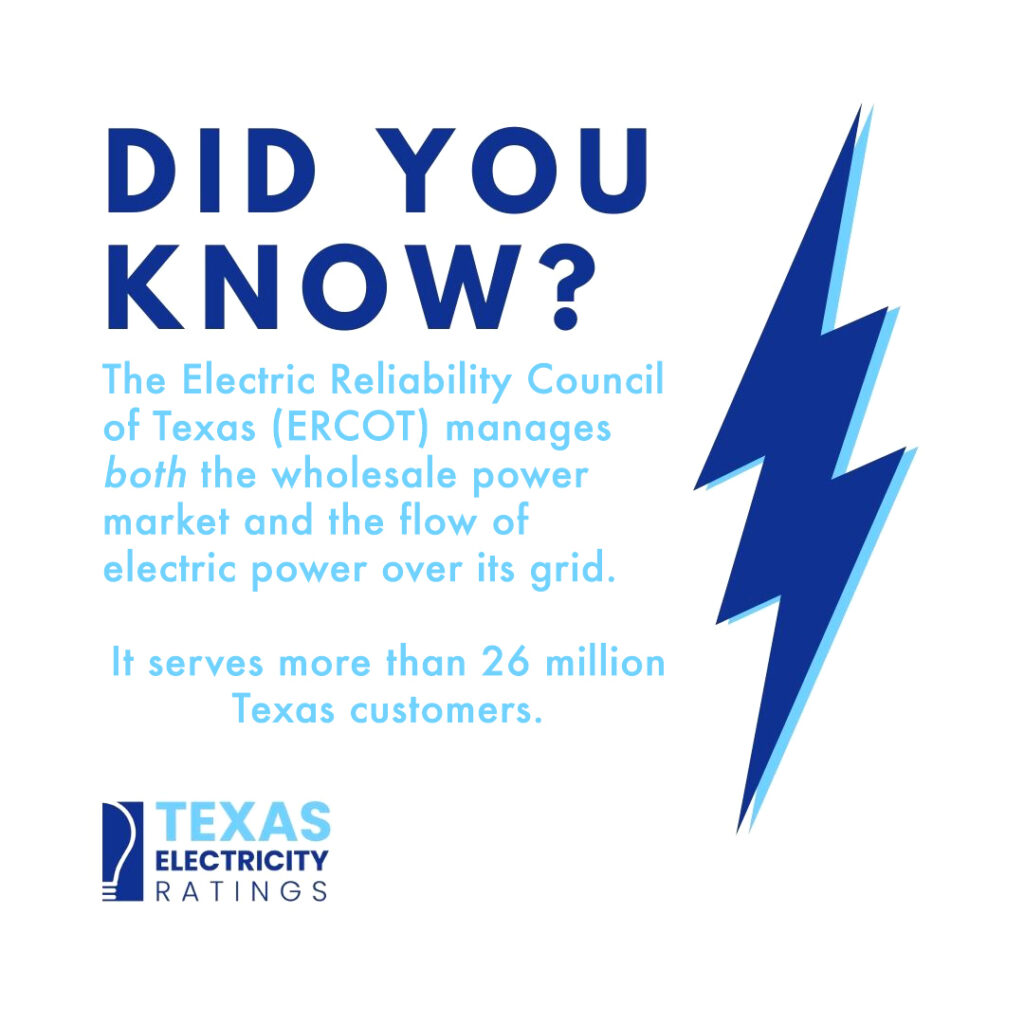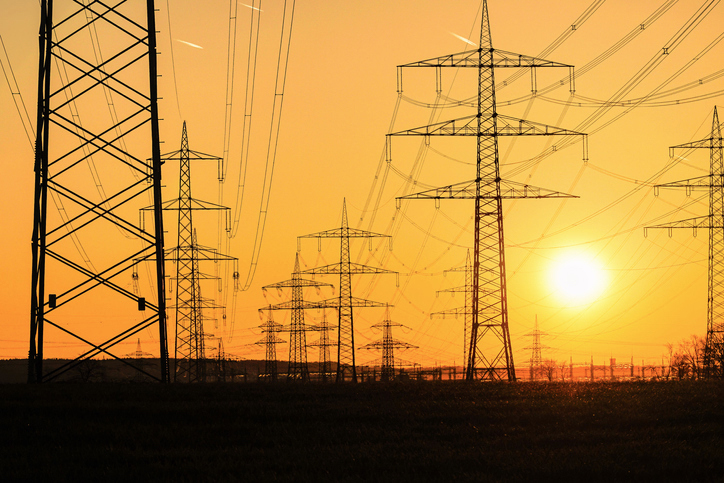Can Texas Stay Independent with Out of State Connection?

We Texans value our independence, especially when it comes to managing the power grid. Our state’s utility light companies also pride themselves on running things their own way. They avoid oversight by the Federal Energy Regulatory Commission (FERC) for the sale of out of state power because no synchronized alternating current (AC) crosses any borders.
But alas, power grid failures over the past two years have caused everyone to rethink standing alone. Those big freezes have yet to thaw from Texans’ memories. In turn, lawmakers, state agencies, and industry leaders have proposed and enacted reforms for utility companies and retail power providers. Many of them have long bristled at the notion of connecting to outside grids. But now, such linking appears to be on the table … and moving forward.
High voltage direct current (HVDC) is about to shake up this Texan energy scene. For AC power to be sold from from US grid to another, the grids must synchronized to 60 herz per second. However, DC current doesn’t need to be synchronized. In fact, it must be converted to AC before it can work on any grid. As such, HVDC avoids FERC’s rule, effectively keeping ERCOT out of FERC’s hands. And steering clear of the feds is as Texan as brisket, George Strait, and construction on I-35.
Linking to the East
The proposed Southern Spirit Transmission project, spanning 400 miles, aims to link the ERCOT grid the with Southeastern Regional Transmission Planning (SERTP) grid. The project stretches from Mississippi through Louisiana into Texas. The main limitation is the project’s low capacity – about 3,000 megawatts. However, it is a HVDC line, reinforcing ERCOT’s independence from synchronous connections and, therefore, FERC’s grasp. One notable stipulation in this transmission plan is that ERCOT customers won’t bear the $2.5 billion in cost of this project.

One More Out of State Connection
Currently, ERCOT has four other DC ties to other grids totaling under 1,300 MW. Another big HVDC project planned between ERCOT and the Western Interconnection is the Peco West Interconnection.
HVDC is a bit more expensive to build because of the conversion process, but it’s better at sending a lot of power over long distances compared to HVAC.
HVDC works well with green energy because their output is already direct current. This means there’s no need to change the power type for transmission. HVDC is a great option for moving power from sustainable sources, showing Texas’ dedication to green energy. Solar, solar, and battery farms should benefit from better linkages.
To tackle the costs of sending wind power from the Texas Panhandle, one idea is to send DC power from wind turbines over HVDC lines to points further east. Here, the change to AC could happen, which would cut down on the expenses of sending wind energy across the state.
A Bright Energy Future
Of course, how ERCOT connects to the nation is bigger than your electricity rate. However, these sweeping changes can influence how the Texas energy market works. And being aware of these changes makes you a more savvy shopper. Don’t you feel more informed?
As Texas starts using more HVDC, it’s creating chances to link with other states without FERC oversight. The two connection projects show a move towards more reliable ways of moving energy. And even though the costs may wind up high, Texans will welcome having fewer grid failures.

